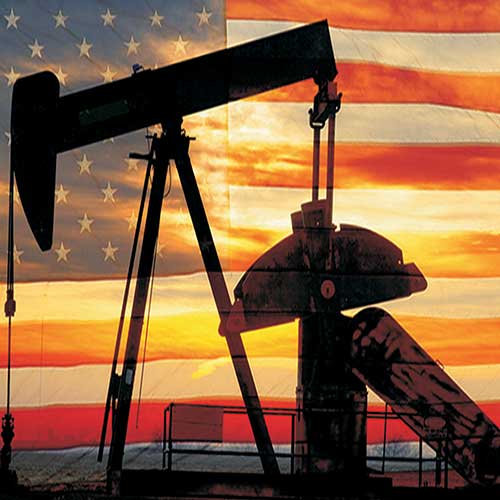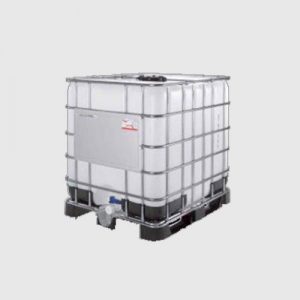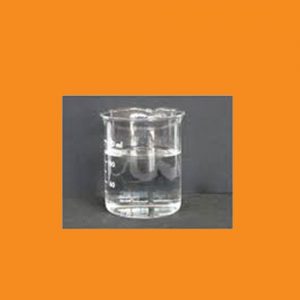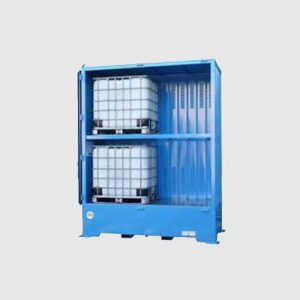- Have any questions?
- 91-22-23726950
- 91-22-23774610

Cement Defoamer
May 4, 2019
DETA Phosphonate or DTPMP Phosphonate
May 4, 2019Clay Stabilizer
Muby Chemicals established in the year 1976, is pioneer in Manufacturing Chemicals for Oil and Gas Exploration, Hydraulic Fracturing (Fracking) and coiled tube Chemicals.Our advanced chemistry leading to an innovative and high-performance product range is coupled with effective on and off site management services.
We are manufacturer of Specialty chemicals, Pharmaceutical Excipients, Fragrance & Flavorchemicals in India, which are of IP, BP, USP, Ph. Eur., FCC or Food Grade, ACS, AR or Analytical Reagent Grade, LR or Laboratory Reagent Grade, Pure and Technical Grades of various chemicals.
In the USA, UAE, Iran Iraq, Kuwait, Saudi Arabia and other oil producing areas, several hundred chemical compounds are used in hydraulic fracturing also called fracking, fracing or frac. In some areas like UK only ‘Non-Hazardous’ chemicals are permitted for fracturing fluids by the Environment Agency. All chemicals have to be declared publicly and increasingly, food additive based chemicals are available to allow fracking to take place safely.
Mubychem is an internationally preferred source for Stimulation Chemicals and Hydraulic Fracturing Chemicals. We serve various oil and shale gas producing countries like USA UAE, Kuwait, Iran, Iraq, Saudi Arabia, UK, Europe India etc. We are never too far from your well-site with multiple 24/7 company owned or rented warehouses in the India, USA and across the globe. With customers in several countries, we sell almost all the fracturing chemicals.
Two mechanisms are responsible for the swelling and migration of clays, surface hydration and osmotic swelling.
Surface Hydration show little visible signs of swelling, however the pressure greater than 60,000 psi is required to desorb surface hydration moisture.
Swelling and softening of clays due to Osmotic differences is a bigger problem. This occurs when concentration of Ions (like Na+, Ca++, Cl-, etc) in the clay at the wellbore walls is higher than that of the drilling fluid. Due to this difference in ion concentrations (aka osmotic pressure), water moves toward the clay surface causing swelling. The amount of swelling depends up on the concentration of salts in the clay relative to the salts in the fluid.
Hence the objective is to keep a sufficiently high ion concentration in the fluid to prevent swelling.
Clay Stabilizers work on the principle of Cation Ion Exchange, similar to water softeners resins. Water softeners can be regenerated using Salt, KCl, and many other cations. Similarly, Clay’s can be stabilized using a variety of cations.
Using sacks of KCl is a difficult approach, especially with the increased fluid volumes used in fracturing. Handling, mixing and disposal costs related to sacks of KCl are prohibitive. Herein, we will discuss a few potential Clay Stabilizers, compare their performance and economics.
Several options are available as KCl replacements or Clay Stabilizers:
1. TMAC 50% (Tetramethylammonium Chloride 50%): This cheap and easy to apply quat gives a lower performance than that of 2% KCl. However, TMAC is toxic. Hence its use is dwindling
2. Choline Chloride 75%: Also know as (2-hydroxyethyl) trimethylammonium chloride is very similar in structure to TMAC. It costs slightly more than TMAC, and its performance better than that TMAC but lower than that of 2% KCl. Its used in feed additives and vitamin pills, is safe & biodegradable. This is becoming the product of choice in the industry due to its safety features.
3. Choline Chloride 50%: Used in preference to Choline Chloride 75% due to easier handling. On a per unit of Choline the 50% is marginally more expensive; but the added expense is more than recovered in the better handling and dosing performance.
4. Clay Ste Adv™ is a blend of Choline Chloride, Cations and Conditioners. It is cheaper than all of the above, and performs similar to neat Choline Chloride 75% due to presence of various additional ions. The Tetramethylammonium and (2-hydroxyethyl) trimethylammonium are relatively large ions. Also, both these are monovalent. Clay Ste Adv™ contains other smaller sized monovalent, divalent and trivalent ions which help in a faster ion exchange and the conditioners help in preparing the surface of the clay for a better interaction with the cations present.
Comparison of CST Times for various Clay Stabilizers*
| Product | CST Filtration Time secs |
| Clay Ste ADV™ – 2 gpt | 220 |
| 2%KCl | 205 |
| 50% Choline Chloride – 2 gpt | 307 |
| 50% Choline Chloride – 2.8 gpt | 219 |
| 75% Choline Chloride – 2 gpt | 220 |
| TMAC – 2 gpt | 297 |
| DI Water | 535 |
* Test Method: Solutions of the Clay Stabilizers were prepared in 100 ml DI Water and 10 grams of API Bentonite was added to it. These were mixed in a Waring Blender @ 7 speed for 5 minutes. Using a CST instrument, the time required for each solution to travel a fixed distance along a Whatman No. 17 chromatography filter paper was determined.
Clay Stabilizer STE Adv is extensively used in frac jobs or oil well drilling, fracturing or fracking.
Clay Ste Adv™ is a liquid product designed specifically for use as a replacement for solid potassium chloride (KCl). Clay Ste Adv™ is biodegradable.
Compatibility with brine, calcium chloride, KCl solutions as well as all known fracturing fluids, cross-linkers and breakers.




